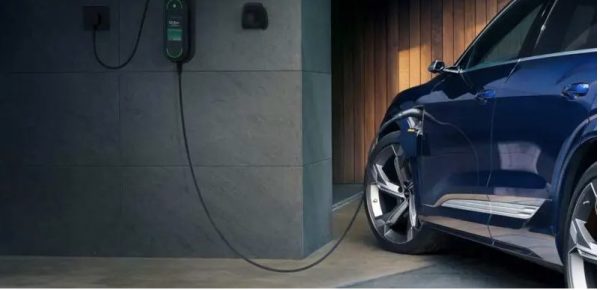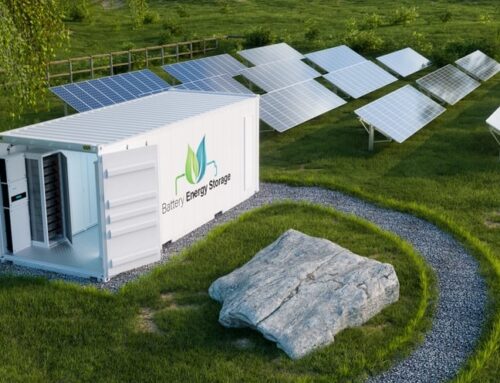Solid state battery breakthrough could slash EV costs and recharging time
December 15, 2022
Solid state battery breakthrough could slash EV costs and recharging time
Scientists from Australia and Japan says they have made a breakthrough in the manufacture of durable solid-state batteries they say could “drastically reduce” the cost of electric vehicles while also equipping them to recharge much faster.
Electric cars and other EVs most commonly run on lithium-ion batteries, which at this stage struggle to deliver the necessary performance and durability at a price that is competitive with petrol fuelled ICE vehicles.
In the quest to find alternatives to li-ion, solid-state batteries have offered an improvement in operational safety – since they won’t spill toxic liquids when punctured – and in their rate of charge.
On the down-side, solid-state batteries have so far been found to have limited durability, with repeated charges damaging the interface between the electrodes and the solid electrolyte and causing irreversible changes in the crystal chemistry of the electrodes.
To this end, a research team led by Professor Naoaki Yabuuchi of Yokohama National University in Japan, tested a new positive electrode material in an all-solid-state cell by combining it with an appropriate solid electrolyte and a negative electrode.
Their work, detailed in a report published in Nature Materials that was co-authored by Associate Professor Neeraj Sharma from UNSW in Australia, shows the cell exhibited a “remarkable capacity” of 300 mAh/g (milliampere-hours per gram mass) with no degradation over 400 charge/discharge cycles.
“The absence of capacity fading over 400 cycles clearly indicates the superior performance of this material compared with those reported for conventional all-solid-state cells with layered materials,” Sharma says.
“This finding could drastically reduce battery costs. The development of practical high performance solid-state batteries can also lead to the development of advanced electric vehicles.”
The material used by the research team combines optimised portions of lithium titanate (Li2TiO3) and lithium vanadium dioxide (LiVO2).
The team says that at the right particle size – in the order of nanometers – the material’s large quantity of lithium ions can be reversibly inserted and extracted during the charge/discharge process, resulting in high capacity.
More importantly, however, the material has nearly the same volume when fully charged and fully discharged – a “standout” property that leads to improved durability.
“When shrinkage and expansion are well balanced, dimensional stability is retained while the battery is charged or discharged, i.e. during cycling,” Yabuuchi says.
“We anticipate that a truly dimensionally invariable material – one that retains its volume upon electrochemical cycling – could be developed by further optimising the chemical composition of the electrolyte.”
The researchers say that through further improvements, it may soon be possible to manufacture batteries that are good enough for electric vehicles in terms of price, safety, capacity, charging speed, and lifespan.
“The development of long-life and high-performance solid-state batteries would solve some of the problems of electric vehicles,” says Yabuuchi.
“In the future, for instance, it may be possible to fully charge an electric vehicle in as little as five minutes.”
Sophie is editor of One Step Off The Grid and deputy editor of its sister site, Renew Economy. Sophie has been writing about clean energy for more than a decade.
Search
RECENT PRESS RELEASES
Related Post





